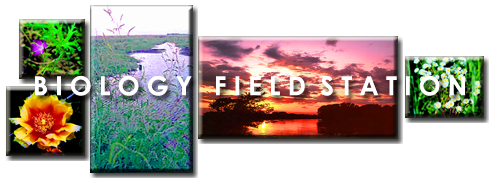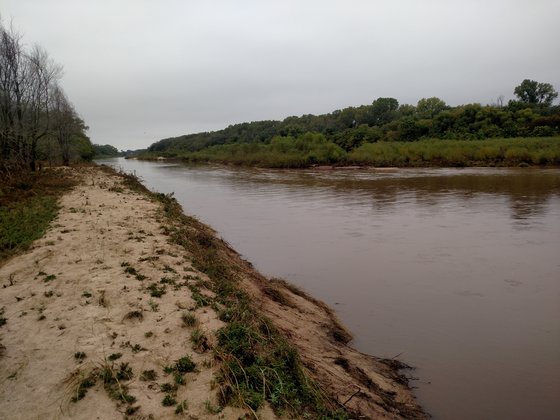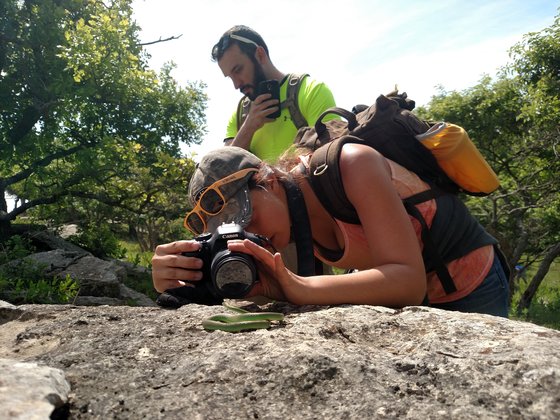
The mission of the WSU Biological Field Station encompasses four central focal areas: Research, Teaching, Conservation, and Public Outreach. A network of several distinct properties, the center of operations is located at the Ninnescah Reserve, which is located approximately 35 miles southwest of the Wichita State University campus. The unique resources offered at the reserves offer excellent opportunities for the study of grassland restoration, river ecology, and general wildlife biology. Some of the current investigations include prairie restoration and recovery from overgrazing, plant-insect interactions, the ecology of aquatic invertebrates, fitness maximization of birds in the non-breeding season, monitoring riparian and prairie bird nesting communities, stopover ecology of long-distance Neotropical avian migrants, incidence of West Nile virus in birds, and monitoring of fish, amphibians and reptiles, and mammal population dynamics.
Beginning with the acquisition of the Ninnescah Reserve in 1984 by the WSU Foundation, the Field Station has continued to grow as a place where research, instruction, and outreach are conducted on areas which are managed to be healthy, natural systems that were once common to the areas in which they are situated. In addition to the Ninnescah Reserve, other properties include the Gerber and Sellers Reserves, and the Youngmeyer Ranch Reserve.
The WSU Biological Field Station Building, located on the Ninnescah Reserve, was completed in June 2010. This climate-controlled facility provides an excellent setting for biological research, education, and outreach programs. In addition to the field station manager's office, there is ample laboratory space and a seminar/classroom as well as a collection of plant and insect vouchers and a library in the building. The field station building's unique location at the Ninnescah Reserve offers a direct link to the diverse habitats which serve researchers, students, and visitors from WSU. In addition to WSU activities, the field station has also attracted the research and teaching efforts of eleven universities and several local high schools.
For more information about the Field Station contact:
Dexter Mardis, Field Station Manager: (620) 584-6627; or Emmy Engasser: (316) 978-3111
If you would like to support the research and conservation mission of the Field Station, please contact the Director of Development, Lynette Murphy: (316) 978-7307.
Some other webpages associated with the Field Station:
Kansas Earthquakes is maintained by the Kansas Geological Survey. This webpage displays some seismic data that are being collected across the state. Two of their monitors (Station KM01/Kingman County/Gerber Reserve and Station WSK/Sedgwick County/Ninnescah Reserve) are situated on WSU Field Station Properties.
The WSU Herbarium contains about 4,500 electronically databased specimens, including vascular plants, mosses, and lichens. This digital repository is maintained by Dr. Mary Liz Jameson and Dr. Leland Russell.
Follow our Field Station on Instagram!



